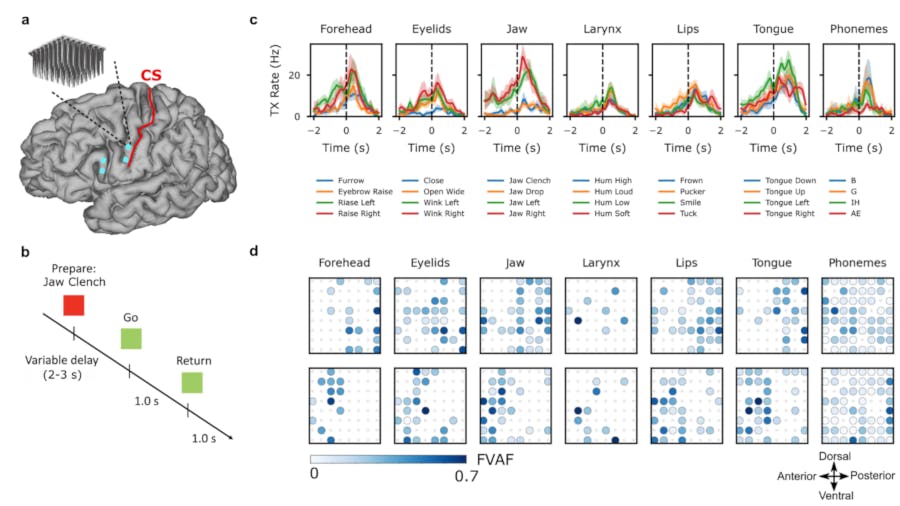Researchers have developed a system that can process your thought into speech by sensing your neural activity as you think of a word.

You might have, at least once in your life, had a thought of being able to know what the other person around might be thinking. Well, all you need to do now is get that person to use this new device that can decode speech-thoughts at a speed of 60 words per minute. Although this may not sound like very fast paced speech but it’s a start.
Researchers at Stanford University have published a paper claiming a record in thought-to-text communication through a brain-computer interface (BCI), with a subject being able to “talk” at a rate of 62 words per minute. Their work consists of “neuroprosthesis”- a brain-computer interface (BCI) which uses intracortical microelectrode arrays to capture high-resolution recordings of its users’ brain activity associated with speech.
Researchers tested their work on an individual suffering from amyotrophic lateral sclerosis (ALS), also known as Lou Gehrig’s Disease, whose illness resulted in an inability to generate intelligible speech. When fitted with the neuroprosthesis BCI, the subject was able to think words and have them decoded at a rate of 62 words per minute which is over three times faster than previous state-of-the-art BCI speech systems. The device accuracy was measured 9.1 percent for a limited 50-word vocabulary and increased to 23.8 percent for 125,000 word-vocabulary which proves it usable.
The sensor system doesn’t actually detect thoughts relating to speech, however, but instead focuses on movement — building on earlier work using the same system to control robotic arms or an on-screen keyboard. The subject simply tries to talk, and the implanted sensors record brain activity associated with the movements of the mouth and face relating to speech for decoding by a specially-trained recurrent neural network (RNN) — even if the user’s mouth is incapable of actually moving.

However researchers admit that their work is not yet a clinically viable system. They believe their work remains to be done to reduce the time needed to train the decoder and adapt to changes in neural activity that occur across days without requiring the user to pause and recalibrate the BCI.
Reference :doi: https://doi.org/10.1101/2023.01.21.524489






